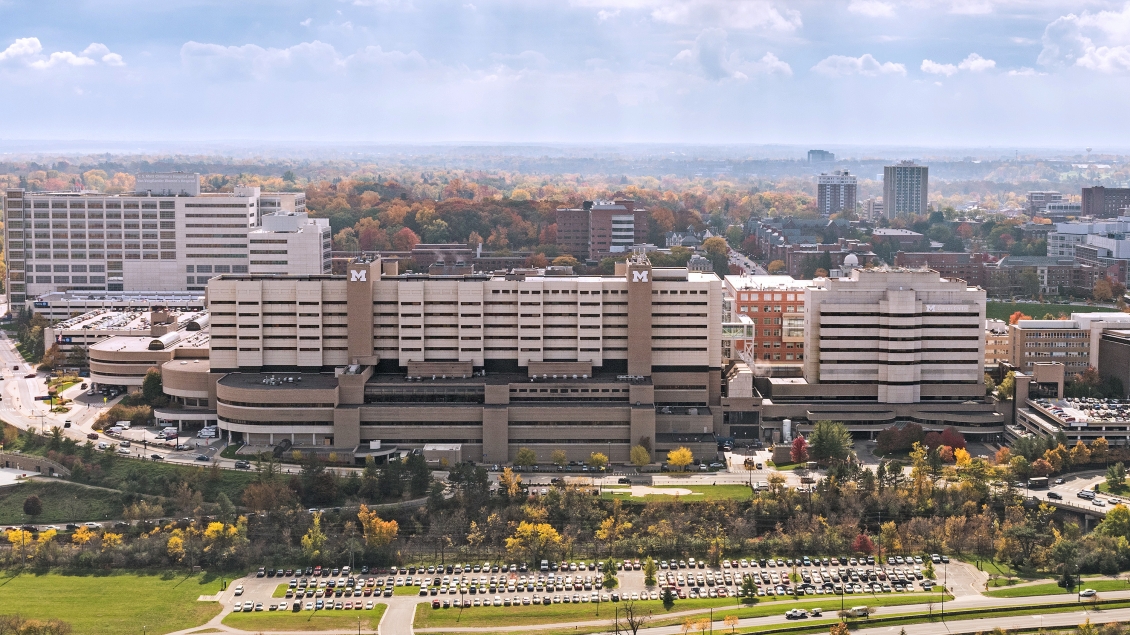
Your training experience is built around 18 months of various clinical rotations and six months dedicated to academic research skill building. You can count on guidance from world-renowned clinicians and researchers.
Year 1
During the first year, the fellow is expected to split time between clinical responsibilities, teaching externs, and identifying a research project to be completed by the end of year two. The research project will be in the area of limb preservation, wound care, and/or diabetic lower extremity complications. We expect the fellow to submit two papers to a peer-reviewed journal by the end of year one. These papers do not have to be based on the research project, they can be case or literature reviews. By the end of the first year we expect our fellows to have presented two posters, submitted an IRB, completed their NIH certification course, created a long term research plan, completed DataDirect training, statistical package training, and worked with the Grant Writer’s Workbook.
Year 2
During the second year, fellows will continue to rotate in other disciplines and split time between clinical responsibilities, teaching externs, and developing their research project to where they are submitting their third and fourth paper for publication and begin the process of applying for independent funding, both related to the fellow's research project.
Our fellows rotate on a monthly basis to several different areas of related medical specialties including clinical, inpatient consultations, and research areas. Below is a sample schedule, which will demonstrate our clinical and research focus. In addition to our fellow’s clinical assignments, they also participate in the Podiatry Education Series, Podiatry Teaching Conference, Vascular Teaching and MEND conferences, as well as the conferences held by the departments they are assigned to throughout their rotation.
We have a Fellow’s Clinic with a variety of patient types including wounds due to diabetes-related complications, venous disease, pressure ulcerations, etc. During clinic, you have your own schedule of five patients that have been hand selected based on the patient’s diagnosis and concerns. These patients will come primarily from new visits and revisits from our in-patient consult service. When assigned to podiatry you will spend your mornings in clinic and afternoons at the hospital. Our fast paced environment allows us to have approximately 11,500 patient encounters and 650 inpatient consults per year.
| 1st year | |||||||||||
|---|---|---|---|---|---|---|---|---|---|---|---|
July | Aug. | Sept. | Oct. | Nov. | Dec. | Jan. | Feb. | Mar. | Apr. | May | June |
Podiatry | Wound Care Clinic | Podiatry | Research | Podiatry | Wound Care Clinic | Podiatry | Wound Care Clinic | Research | Endo Diabetes/ID | PM&R/O&P | Podiatry |
| 2nd year | |||||||||||
|---|---|---|---|---|---|---|---|---|---|---|---|
July | Aug. | Sept. | Oct. | Nov. | Dec. | Jan. | Feb. | Mar. | Apr. | May | June |
Podiatry/PAD | Podiatry | Research | Podiatry | Research | Research/Podiatry | Neuro/Research | Podiatry* | Podiatry* | Podiatry* | Podiatry* | Research |
*Foot & Ankle Surgery Rotation is scheduled weekly during these months.
- IRB submission
- Publication
- Statistical skill building
- NIH IPPCR course certification
- NIH U-01 grant funded diabetic foot ulcer research
- Case presentations
- Grant writing
- DataDirect training
The team attends several annual podiatric meetings such as the Michigan Podiatric Medical Association (MPMA) Great Lakes, Midwest Podiatry Conference, American Diabetes Association (ADA) Scientific Sessions, Symposium on Advanced Wound Care (SAWC), Diabetic Limb Salvage (DLS), American Public Health Association (APHA) and more. Fellows are expected to submit at least one abstract to the meeting of their choice.
This monthly education series covers topics of interest in both podiatry and wound care. Speakers include podiatry faculty, fellowship trainees, other University of Michigan faculty/professionals and industry guest speakers. Past topics have included:
- Diabetic Foot Ulcer Off-loading: The Gap Between Evidence and Practice
- Low-frequency ultrasound therapy in the Treatment of Chronic Wounds
- Influence of Metal Salts, Surfactants, and Wound Care Products on Enzymatic Activity of Collagenase, the Wound Debriding Enzyme
- Wound Healing using Dehydrated Human Amnion/Chorion Membrane Allograft
- Qoustic Wound Therapy System
- The Role of PHMB in Addressing Wound Biofilm
- Cognitive Dysfunction: Part and Parcel of the Diabetic Foot
- Epidermal Skin Grafting for Wounds
- Offloading of the Diabetic Foot
- Peripheral Arterial Disease and Diabetic Foot Ulcers
- The Role of the Lymphedema Therapist in the Presence of Wounds
- Bacteria and Infected Leg Ulcers
- Fish Skin Versus Porcine Small-Intestine Submucosa
- Angiosome Theory – Targeted Revascularization in Patients with Critical Limb Ischemia
- Treatment Failure, Amputations and Foot Osteomyelitis
- Calciphylaxis: Risk Factors, Diagnosis, and Collaborative Treatment
- Patient Adaptation: Diabetic Neuropathy and Foot Ulceration
- Wound Management: Tissue Oxygenation and Vascular Function and the Impact of Near Infrared (NIR) Spectroscopy (this results in an educational grant for our fellow)
- Wounds and Infectious Disease
- Vascular Management of Venous Leg Ulcers
- Joint Mobility
- Nail Coding
- Amniotic Membrane use: A Review of the Facts and What We Still Need to Learn
- Diabetic Fungal Osteomyelitis – Past and Present
- Understanding Lymphedema: Anatomy, Pathophysiology & Treatments
- Driving and Diabetes: The Provider Role
- MAPS
This monthly teaching series covers topics pertinent to podiatry, wound care, research, publishing and industry. Speakers include podiatry faculty, other University of Michigan faculty/professionals, professionals from other academic institutions and industry guest speakers. Topics include:
Offloading and Physical Activity in the Diabetic Foot
Advances in Wound Care
Journal Club - Meet the Author
How to Critically Interpret Literature
Peripheral Vascular Disease (PVD) and Diabetic Limb Salvage
Infection Management in Diabetic Foot
Updates in IWGDF (International Working Group on the Diabetic Foot)
Breaking Bad News to Patients - Insights from a Psychiatrist
Advanced Surgical Techniques in Podiatric Surgery for Diabetic Limb Salvage
Psychosocial Aspects of Diabetic Foot Ulcers
The Division of Metabolism, Endocrinology & Diabetes (MEND) hosts weekly clinical and research conferences. All podiatry fellows must attend and present annually.